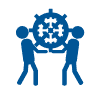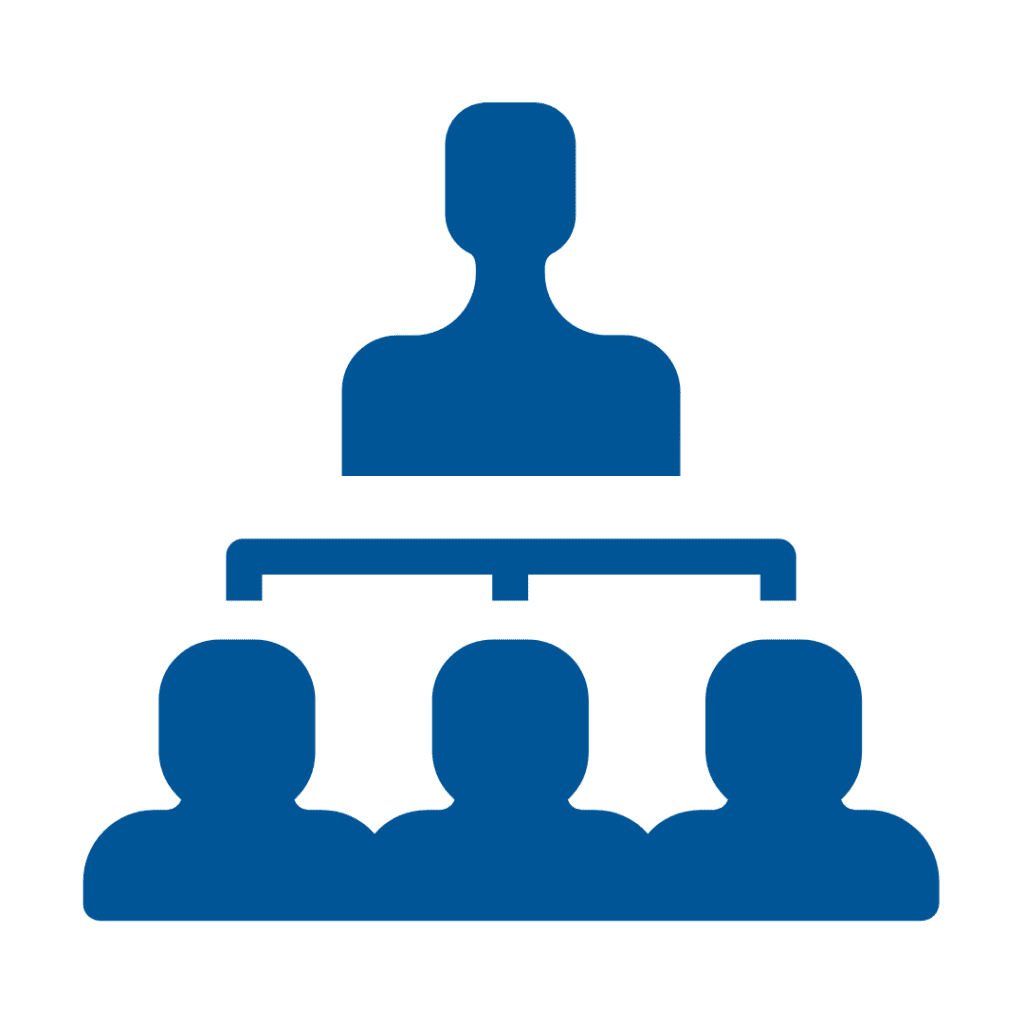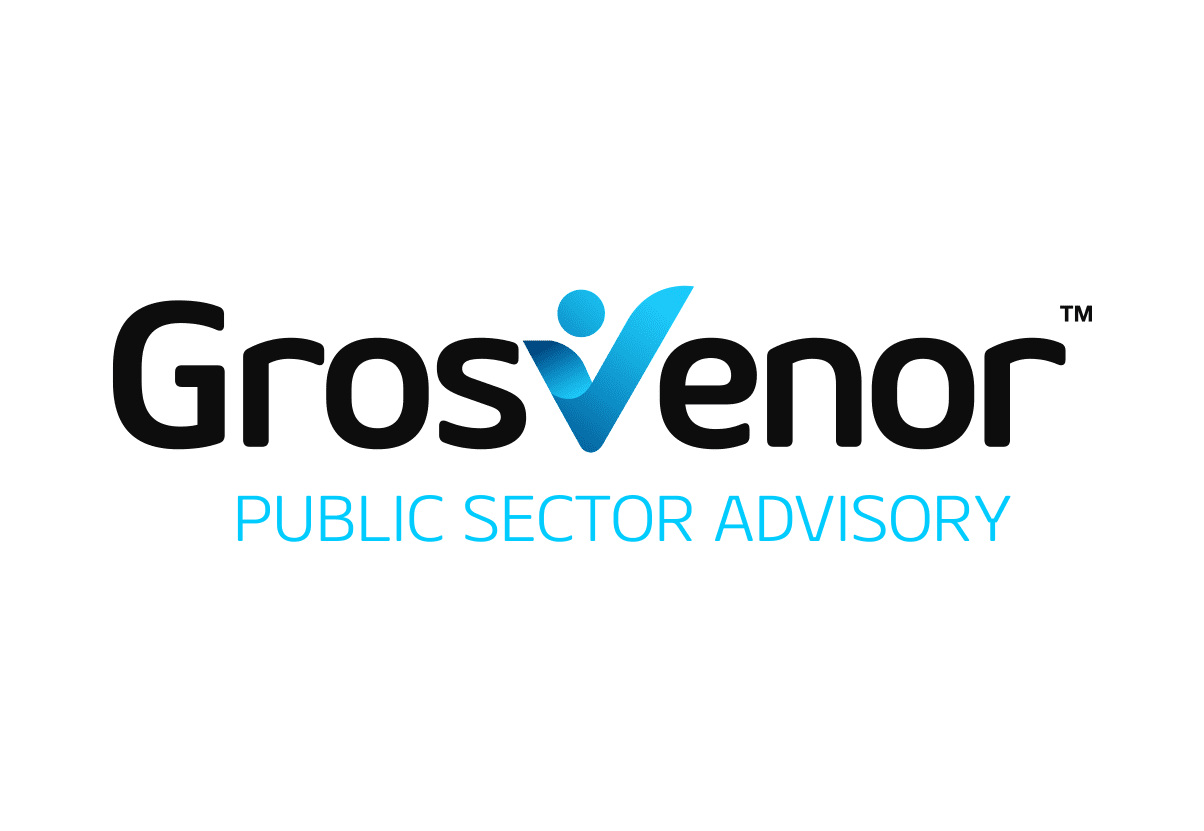Development of a capability framework and operating model to enable success

We were approached by a government regulator who plays a vital role in supporting Australia to transition to a low carbon economy. The regulator was looking to develop a future-proofed capability framework, operating model and governance structure, to match the type of work they do and expanding field they operate in. This client was undergoing a transformation to become more agile, responsive, customer-centric and forward-focused.
How we helped
Let’s start with the client’s capability framework.
Grosvenor was engaged to develop a suite of capability proficiency descriptors and assessment tools to support the recently developed People Capability Framework. Where, to support the People Capability Framework, and enable a transition to the desired future state
In addition, Grosvenor developed numerous additional artefacts and delivered several executive briefings to support the successful implementation of People Capability Framework.
Artefacts we developed included:
- value propositions
- implementation of road maps
- business requirements statement, management information requirements, functional systems specifications, user specifications and a testing plan for the build and deployment of the client’s Learning Management System Software
The client had previously developed an Agency Operating Model with the intention to capture the key functions and organisational capabilities required for the effective operation of the business. But 12 months on the operating model was only used for compliance with activity-based costing and wasn’t providing the value it was originally aimed to achieve.
Grosvenor undertook a maturity assessment of the Agency Operating Model and identified an opportunity to refresh it to be more reflective of the transformation aspirations to become more agile, responsive and future-focused.
Through the Agency Operating Model refresh focussed on effort and resource investment decisions based on alignment to the organisation’s purpose, and future requirements.
The review of the client’s operating model focused on three key areas:
- maturity
- enabling environment
- useful and meaningful illustration.
An implementation pathway was developed to ensure the Agency Operating Model was reflective of the business while aligning to the strategy. This included:
- creating strategic alignment
- change readiness
- governance
- content and illustration
- ensuring relevance.
Given the scope and scale of the transformation within the client, it was important to take on effective governance to drive successful implementation of the people capability framework and agency operating model. As is better practice, the approach looked at current governance arrangements while recognising the requirements specific to this client.
These considerations were developed into useful artefacts that could be used by the client in establishing good governance. Artefacts included:
- a structural diagram depicting the relationship and interactions between the governance bodies within the organisation
- the terms of reference for a new council responsible for the implementation of the People Capability Framework
- a decision-making framework to ensure decisions are transparent and adhere to applicable hard and soft controls
- accountability statements for various roles within the governance model
- performance measures of success to ensure processes and information is quality assured
- an implementation plan for embedding good governance practices within the organisation.
The results
So why was the work with this client successful?
It was because we utilised the following principles:

- we understood the importance of working within the client’s organisational culture, designing bespoke deliverables to address cultural pain points and leverage strengths

- we utilised a co-design approach, working as a single cohesive project team

- our approach was flexible and tailored to the changing need of the client and stakeholders

- we utilised critical thinking to identify what the organisation would need to successfully implement each component of the project

- we ensured all content and deliverables were relevant, simple and transparent

- we designed all deliverables with a future focus, ensuring they would remain relevant as needs of the client change and expanded

- we used an evidence-based approach, completing literature reviews of similar work conducted by other organisations, and leveraging our own experience in similar projects delivered.
As a testament to the cusses of this project; we were originally engaged to deliver the capability framework. The high quality of our work led to subsequent engagements.
Our client was approached by several federal government departments to share information on their People Capability Framework, and the supporting tools developed.
And, our client, who worked closely throughout the lifecycle of the project, is now also listed as one of our referees and is happy to discuss our engagement, approach and quality of work we delivered.
Learn more about what we do.









 We are all about sharing our expertise to help you and your organisation be the best it can be.
We are all about sharing our expertise to help you and your organisation be the best it can be.